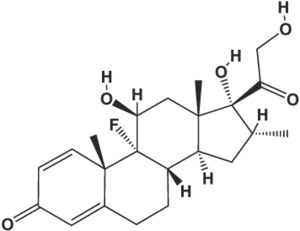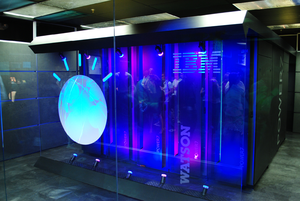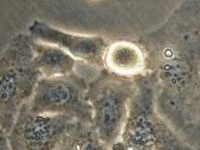 |
| English: Author: Andrew Ryzhkov Rotation of the model of the Paclitaxel molecule generated by the ViewMol3D program. http://redandr.ca/vm3/viewmol3d_gallery.htm (Photo credit: Wikipedia) |
Lab Notes: Chemo Patients Going to the Dogs: "From
Dog Food to
Chemo?
From Dog Food to Chemo?
"A chemical commonly used as a preservative in dog food prevented the development of
peripheral neuropathy associated with treatment with paclitaxel (
Taxol) in a mouse model.
The majority of patients given paclitaxel for malignancies such as breast cancer experience painful neuropathy, which can be dose-limiting and can seriously impair quality of life. So a group of researchers from Johns Hopkins led by
Ahmet Hoke, MD, PhD, screened some 2,000 compounds for neuroprotective effects in various cell lines.
They identified the antioxidant
ethoxyquin -- approved by the
FDA for use in animal feed 50 years ago -- as having the most pronounced effects. When they co-administered ethoxyquin with paclitaxel in mice, the intraepidermal nerve fiber damage that predictably occurs in the animals' paws didn't develop.
Hoke's team then were able to identify
heat shock protein 90 as the molecule that mediated the neuroprotection through its effects on the levels of two proteins known as ATXN2 and
SF3B2.
These findings suggest that ethoxyquin and its derivatives might be suitable for development to help prevent chemotherapy-induced nerve damage in the clinical setting, the researchers suggested in the
Annals of Neurology."








